Market Growth Projections
The Global Energy Recovery Ventilator Market Industry is poised for substantial growth, with projections indicating a market size of 2.37 USD Billion in 2024 and an anticipated increase to 4.38 USD Billion by 2035. This growth trajectory suggests a compound annual growth rate (CAGR) of 5.73% from 2025 to 2035. The expansion is driven by various factors, including rising energy costs, regulatory support for energy efficiency, and increased consumer awareness of indoor air quality. As the market evolves, it is likely to attract new players and innovations, further enhancing the competitive landscape and driving advancements in ERV technology.
Growing Demand for Energy Efficiency
The Global Energy Recovery Ventilator Market Industry is witnessing an increasing demand for energy-efficient solutions across residential and commercial sectors. As energy costs continue to rise, consumers and businesses are actively seeking technologies that reduce energy consumption while maintaining indoor air quality. Energy recovery ventilators (ERVs) play a crucial role in this regard by recovering energy from exhaust air and using it to precondition incoming fresh air. This not only lowers energy bills but also enhances comfort levels. The market is projected to reach 2.37 USD Billion in 2024, reflecting a robust shift towards energy-efficient building practices.
Regulatory Support for Indoor Air Quality
Regulatory frameworks globally are increasingly emphasizing the importance of indoor air quality, which significantly influences the Global Energy Recovery Ventilator Market Industry. Governments are implementing stringent building codes and standards that mandate the use of ventilation systems that improve air quality while being energy efficient. For instance, the International Energy Conservation Code (IECC) encourages the adoption of ERVs in new constructions. This regulatory push is likely to drive market growth as builders and architects seek compliant solutions. The anticipated growth trajectory suggests that the market could expand to 4.38 USD Billion by 2035, driven by these regulatory incentives.
Technological Advancements in Ventilation Systems
Technological innovations are transforming the Global Energy Recovery Ventilator Market Industry, leading to more efficient and user-friendly products. Recent advancements include smart ERVs that integrate with home automation systems, allowing for real-time monitoring and control of indoor air quality. These systems can adjust ventilation rates based on occupancy and air quality metrics, optimizing energy use. The introduction of high-efficiency heat exchangers and improved filtration technologies further enhances the performance of ERVs. As these technologies become more prevalent, they are expected to attract a broader consumer base, contributing to a projected CAGR of 5.73% from 2025 to 2035.
Rising Construction Activities in Emerging Economies
The Global Energy Recovery Ventilator Market Industry is benefiting from the surge in construction activities, particularly in emerging economies. As urbanization accelerates, there is a significant demand for new residential and commercial buildings equipped with modern ventilation systems. Countries in Asia-Pacific and Latin America are investing heavily in infrastructure development, which includes the integration of energy-efficient technologies like ERVs. This trend is expected to contribute to the market's expansion, as builders seek to meet both energy efficiency standards and consumer preferences for sustainable living environments. The increasing construction activities are likely to create a favorable landscape for ERV adoption.
Increased Awareness of Health and Environmental Issues
There is a growing awareness of health and environmental issues associated with poor indoor air quality, which is propelling the Global Energy Recovery Ventilator Market Industry forward. Consumers are becoming more informed about the health impacts of pollutants and allergens in indoor environments, leading to a demand for effective ventilation solutions. ERVs are recognized for their ability to filter out contaminants while conserving energy, making them an appealing choice for health-conscious consumers. This trend is likely to drive market growth as individuals and organizations prioritize healthier living and working spaces, further solidifying the role of ERVs in modern building designs.



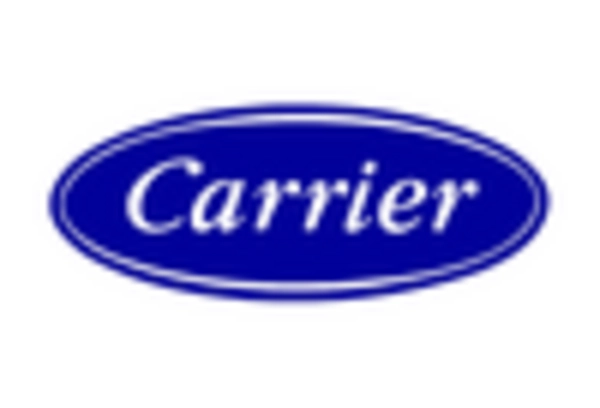
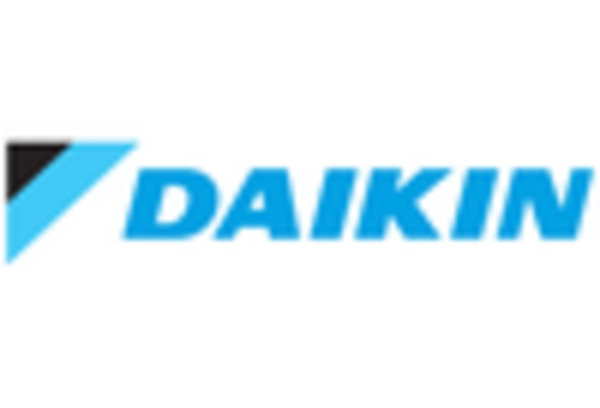
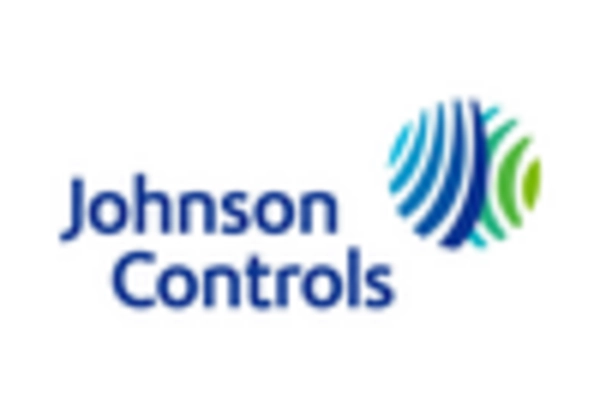

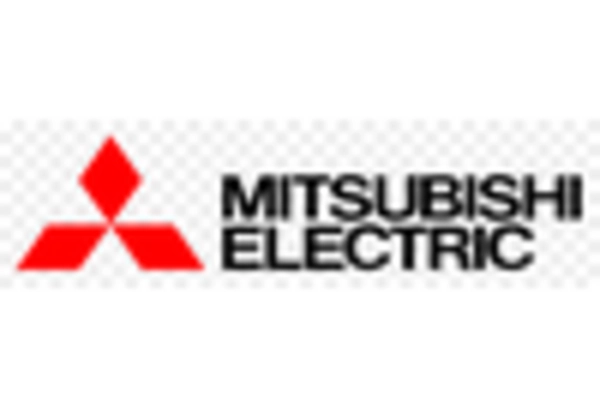
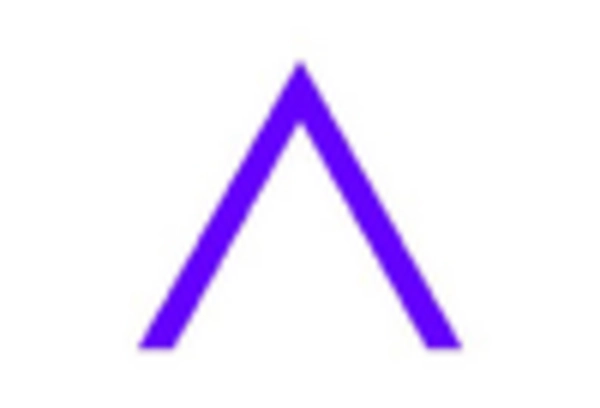








Leave a Comment